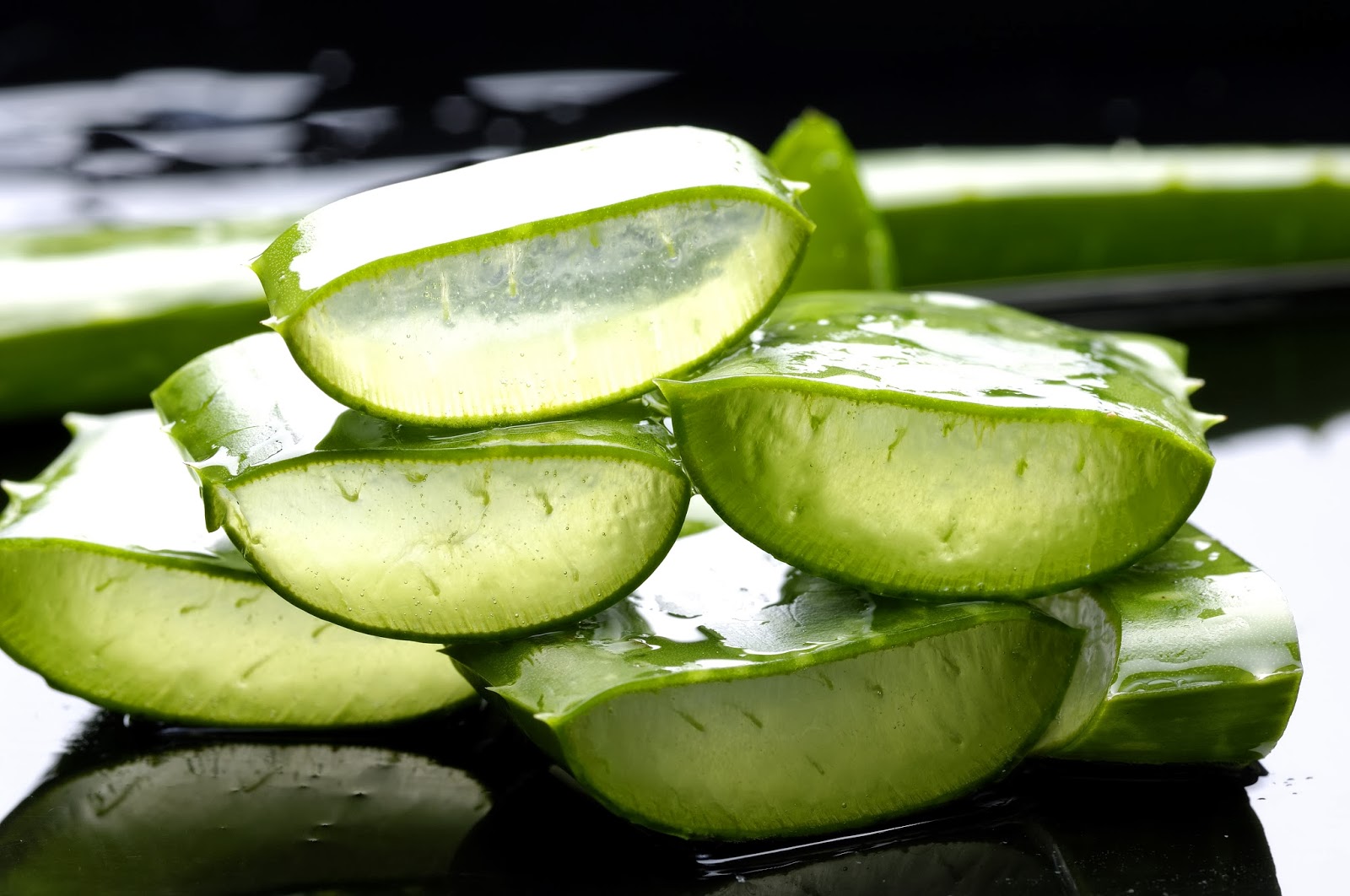An Aloe leaf is believed to contain over 200 different constituents. Due to this fact, you are required to harvest this plant and then ensure that you have handled it carefully in order to preserve those constituents. You must ensure that you have chosen the right method of preparation which will ensure that no content of the plant has been altered in any way. A proper method is the one that will preserve the desired content and remove the undesired ones. Some of the desired contents in the aloe plant include the polysaccharides. These Polysaccharides are the ‘active’ ingredients that are desirable in any aloe Vera plant. Similarly, you can use a traditional method of preparing this plant; the one that involves hand-filleting process to remove the gel from the leaf and then discard the leaf there after.

Note that the highest amount of this active part of the leaf (polysaccharides) is located at the lower parts of the leaf). The entire process that is used to make HSU Aloe Vera juice normally allows the cellulose to get dissolved. At the same time, this process will ensure that the some substantial amounts of loin have been removed. This particular process is carried out by a cold process treatment. Through this way, you are assured of a maximum efficiency which will there after lead to the product retaining its polysaccharide content (this is there active part of the ingredients; natural sugars and this is what is known as healing energy.)
Advantages of the Whole Leaf Cold Processing Method
1) It maximizes the amount of desired contents of the aloe Vera.
2) It helps get rid of the undesired amounts of anthraquinones.
3) It enhances the improvement of the amount of desired characteristics that are good for cosmetic usage.
4) It improves the ability of the product to penetrate through the skin layers.
5) It increases the concentration of growth factors which are responsible for acceleration of healing process.
6) It increases the concentration of the factors that are responsible for the stimulation of your immune system.